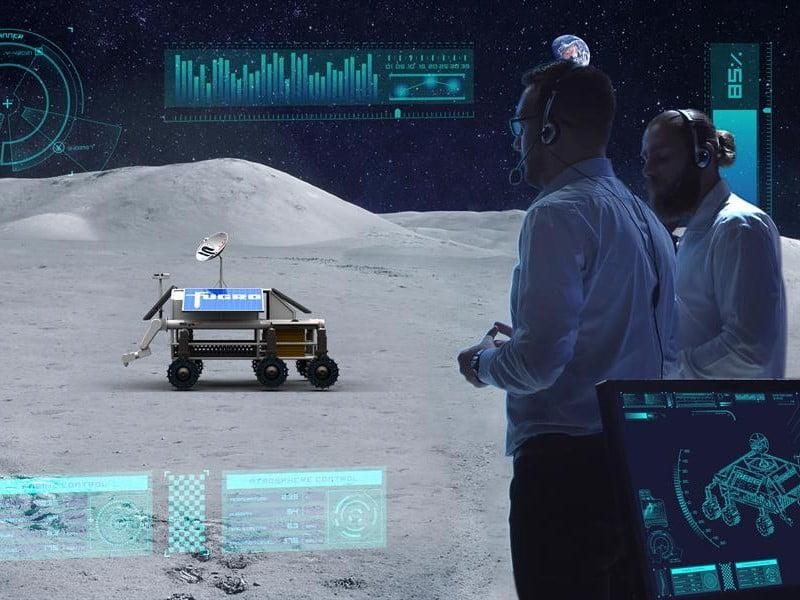The Western Australian government has more than doubled its commitment to the state’s remote space operations control complex, positioning the facility as a go-to hub for space operations and exploration in the Southern Hemisphere.
Premier Roger Cook announced an additional $5 million funding to boost the operational capability of the centre for space missions on the sidelines of the inaugural Indo-Pacific Space and Earth Conference in Perth on Monday.
The Space Automation, AI and Robotics Control Complex (SpAARC) was established by Dutch geological data specialist Fugro in November last year to provide remote operations for subsea and space activities.
The funding will also be used to attract the best and brightest space mission experts to WA, as well as strengthen a partnership with US space manufacturer Intuitive Machines, who are supporting NASA’s Commercial Lunar Payload Services Initiative.

CLPS plans to deliver experimental NASA technologies and several other payloads from commercial customers to the Moon by the end of 2025. Intuitive Machines will use an AI-power navigation system developed by Sydney-based company Advanced Navigation.
The new funding, provided through the state’s Investment Attraction Fund, builds on the state government’s $3.5 million commitment to the facility last year. The Australia Space Agency also provided $4.5 million last year.
Announcing the funding on Monday, the Premier said growing the space industry is a key part of the government’s plans to diversify the economy and, in the process, establish the state as a major global space player.
“The funding will allow local operators to support international space missions, setting us on a path to become the go-to hub for space operations and exploration in the Southern Hemisphere,” Mr Cook said.
Innovation and Digital Economy minister Stephen Dawson added that the state was renowned for its “world-leading capabilities in areas like robotics, remote operation, and radio astronomy, which have the potential to drive huge economic benefits”.
Jim Free, the associate administrator for the Exploration Systems Development Mission Directorate at NASA, told South by Southwest Sydney last week that Australian capabilities around robotic operations are essential for the upcoming moonshot.
“What is done in industries across Australia can greatly inform and enhance what we’re going to do on the moon and how to keep people safe, and that ports over to the foundational surface rover that Australia is going to fly on a commercial lunar payload services mission,” he said last week.
Enrico Palermo, the head of the Australian Space Agency, told the same conference that while the Fugro SpAARC was currently focused on deep sea activities, it would “spin” to play an important role in space missions.
“With the scale of the activity we envisage on the moon, we need to shift the paradigm of how we do remote and autonomous operations here in Australia, and that’s something NASA have recognized,” he said.
Do you know more? Contact James Riley via Email.

